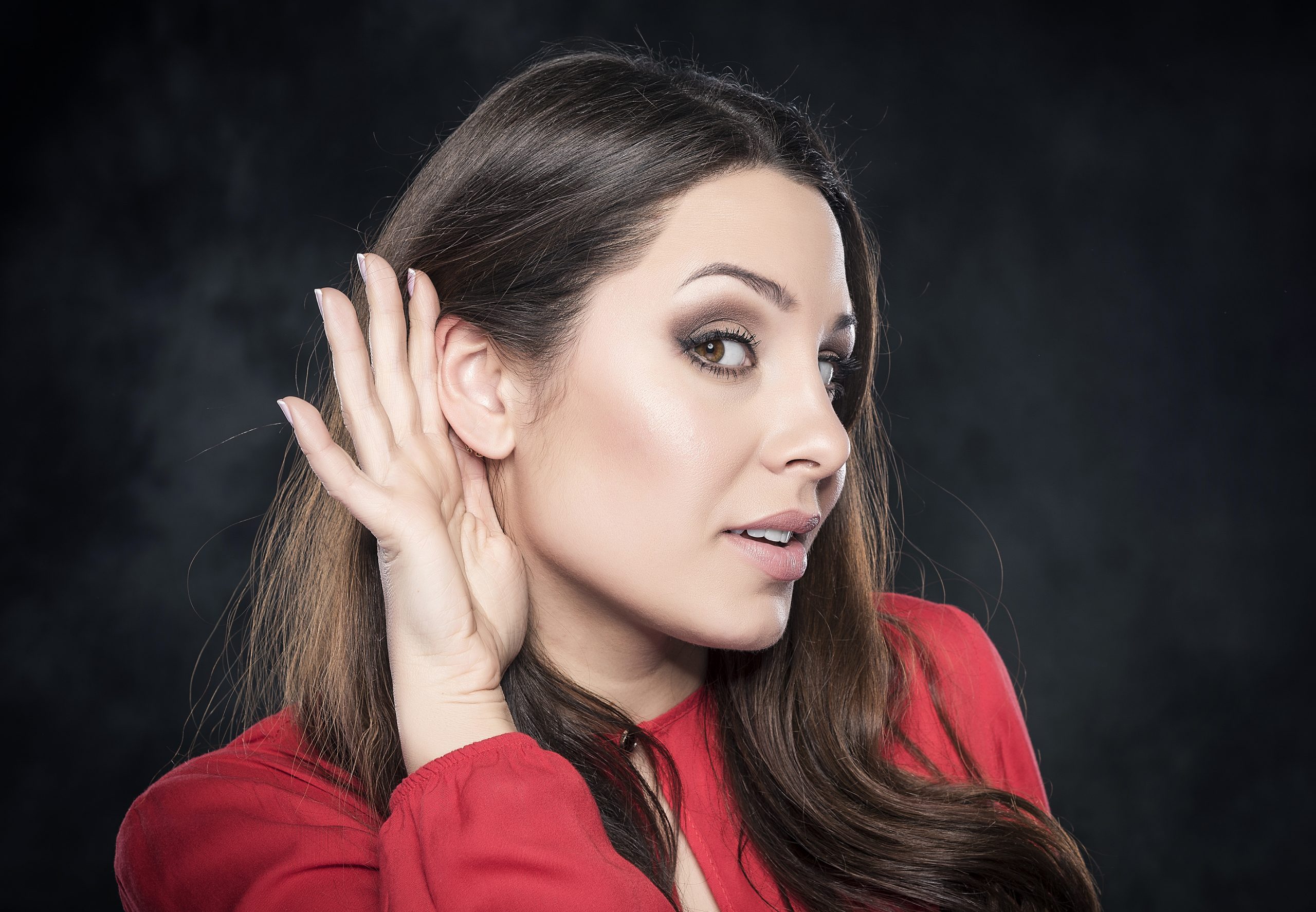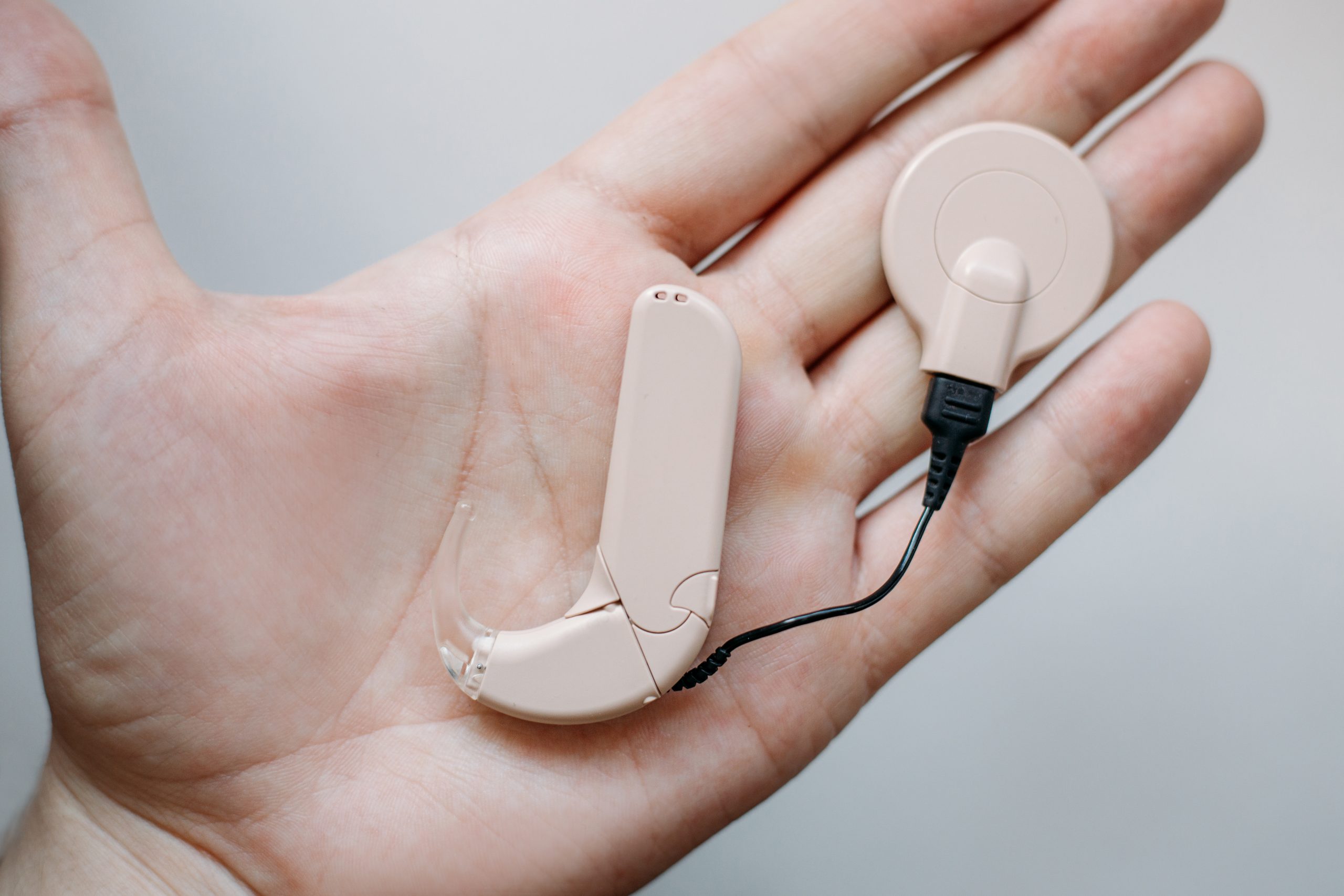When we think of our senses, hearing and balance may seem unrelated. However, these two systems are closely interconnected, and changes in hearing health can impact our balance and overall stability. Our inner ears play a vital role in both hearing and maintaining balance. In this article, we will explore the connection between hearing health and balance and understand how changes in one system can affect the other.
- The Inner Ear: The inner ear houses two important sensory organs: the cochlea, responsible for hearing, and the vestibular system, responsible for balance. These structures share a fluid-filled chamber called the labyrinth, which contains tiny hair cells that detect sound waves and movement, respectively. Any disruption in the inner ear’s functioning can affect both hearing and balance.
- Vestibular System: The vestibular system comprises three semicircular canals and otolithic organs that detect rotational and linear movements, respectively. When we move our heads, the fluid in these structures stimulates the hair cells, sending signals to the brain about our body’s position and motion. This information is essential for maintaining balance and coordinating movements.
- Hearing Loss and Balance Disorders: Hearing loss can impact the vestibular system, leading to balance problems. For example, individuals with sensorineural hearing loss may experience dizziness or imbalance due to reduced input from the affected ear. Additionally, certain balance disorders, such as Ménière’s disease, can cause fluctuating hearing loss and vertigo attacks, highlighting the strong connection between the two systems.
- Age-Related Changes: As we age, both hearing and balance systems can be affected. Age-related hearing loss (presbycusis) is common and can impact the ability to hear high-frequency sounds, affecting speech comprehension and environmental awareness. Age-related changes in the vestibular system can lead to decreased balance and an increased risk of falls.
- Cochlear Implants and Balance: Cochlear implants are electronic devices that provide a sense of hearing to individuals with severe hearing loss or deafness. While cochlear implants primarily focus on restoring hearing, they can also have a positive impact on balance. Studies have shown that cochlear implant users may experience improvements in balance and reduced risk of falls, possibly due to the restoration of auditory input and its influence on the vestibular system.
- Central Auditory Processing Disorder (CAPD): CAPD is a condition where the brain has difficulty processing auditory information. It can affect an individual’s ability to understand speech, localize sounds, and maintain balance. CAPD highlights the intricate relationship between the auditory system and the brain’s ability to interpret sensory information for balance and spatial orientation.
- Auditory Rehabilitation and Balance: Hearing aids and auditory rehabilitation programs can play a significant role in improving not only hearing but also balance. By amplifying sounds and providing better auditory input, hearing aids can enhance spatial awareness and environmental cues, leading to improved balance and reduced falls in individuals with hearing loss.
- Auditory-Visual Integration: Both hearing and vision contribute to our sense of balance. The brain integrates auditory and visual cues to determine our body’s position and movement in space. Any disruption in either sensory system can affect this integration and compromise balance. For example, individuals with hearing loss may rely more on visual cues to maintain balance.
- Cognitive Load and Balance: The connection between hearing health and balance extends beyond the sensory systems. Studies have suggested that the cognitive load associated with hearing difficulties, such as constantly straining to hear or understand speech, can impact overall attention and cognitive resources needed for maintaining balance. Improved hearing can reduce cognitive load and free up cognitive resources for better balance control.
- Multidisciplinary Approach: Given the close relationship between hearing health and balance, a multidisciplinary approach involving audiologists, otol





